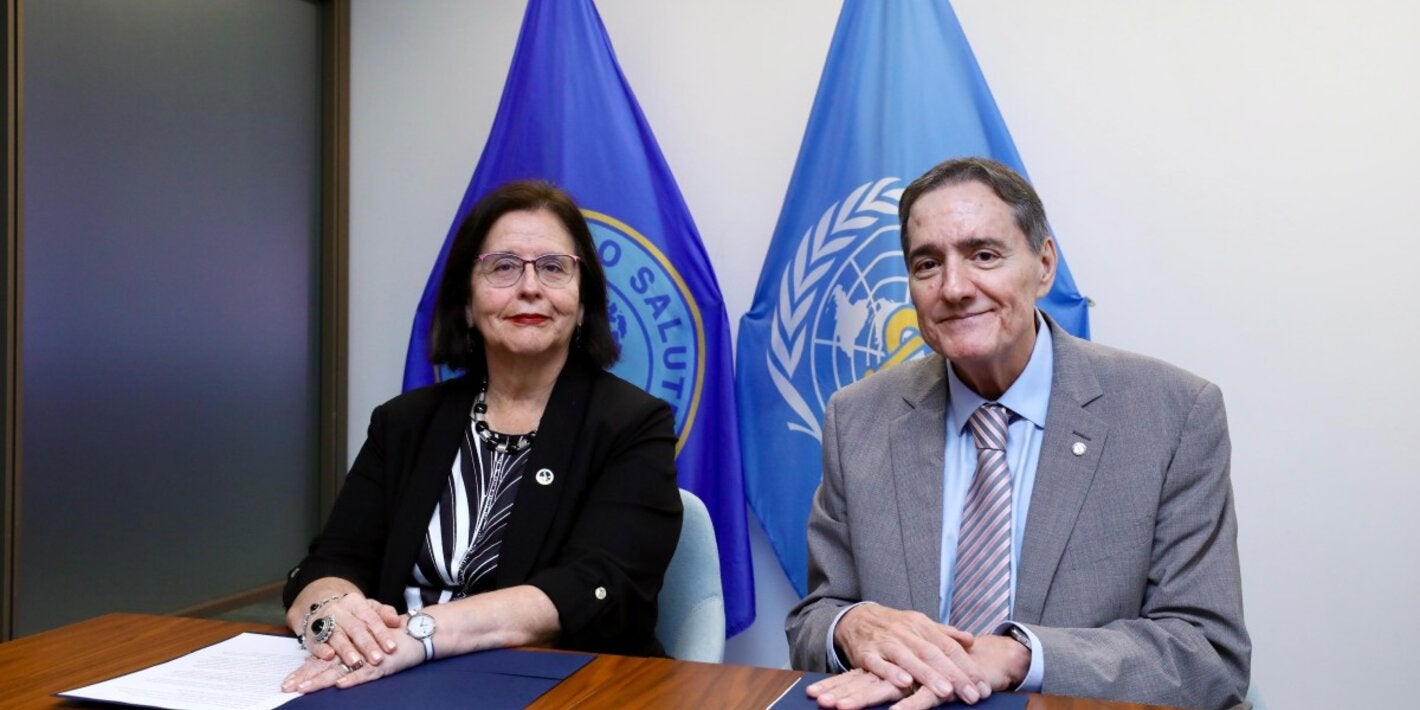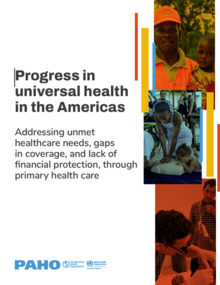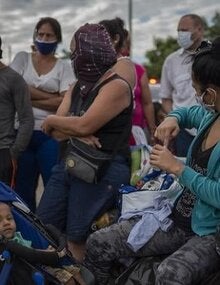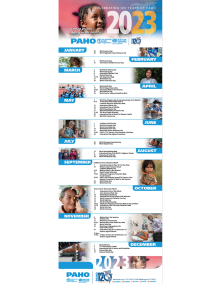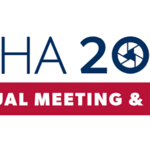Universal access to health and universal health coverage imply that all people and communities have access, without any kind of discrimination, to comprehensive, appropriate and timely, quality health services determined at the national level according to needs, as well as access to safe, effective, and affordable quality medicines, while ensuring that the use of such services does not expose users to financial difficulties, especially groups in conditions of vulnerability.
Universal access to health and universal health coverage require determining and implementing policies and actions with a multisectoral approach to address the social determinants of health and promote a society-wide commitment to fostering health and well-being. The right to health is the core value of universal health coverage, to be promoted and protected without distinction of age, ethnic group, race, sex, gender, sexual orientation, language, religion, political or other opinions, national or social origin, economic position, birth, or any other status.
- On average, about one-third of people in countries of the Americas (29.3%) reported forgoing needed care due to multiple access barriers.
- Of those who reported forgoing needed care, 17.2% attributed their decision to organizational issues (i.e. long waiting times, inappropriate hours of operation, cumbersome administrative requirements).
- Financial barriers were reported in 15.1% of cases, inadequate availability of resources (i.e. health personnel, medicines, and inputs) was cited in 8.4% of episodes and geographic barriers in 5.4% of cases.
- Importantly, 8.0% attributed their decision to acceptability issues (i.e. language barriers, lack of trust in health personnel, or being mistreated by personnel, preference for traditional and indigenous medicine).
- People in the poorest wealth quintile were more likely to experience barriers related to acceptability issues, financial and geographic access, and availability of resources.
*Source: Leveraging household survey data to measure barriers to health services access in the Americas
Data/Statistics
The Global Health Observatory: Theme Universal Health Coverage
Despite the advances made the Region remains one of the most inequitable in the world. The process of reducing health inequities is made more complex by the new epidemiological and demographic patterns that require different and innovative responses from health systems and services; and that problems of exclusion and lack of access to quality services persist for large sectors of the population in the Region, especially those groups in conditions of greatest vulnerability. Recognizing that there are many ways to achieve universal access to health and universal health coverage and that each country will need to establish its own action plan, taking into account its social, economic, political, legal, historical, and cultural context, as well as its priorities and current and future health challenges, the proposed strategic lines are intended for use by the Member States
- Expanding equitable access to comprehensive, quality, people- and community-centered health services.
- Strengthening stewardship and governance.
- Increasing and improving financing, with equity and efficiency, and advancing toward the elimination of direct payments that constitute a barrier to access at the point of service.
- Strengthening multisectoral coordination to address the social determinants of health that ensure the sustainability of universal coverage.
Strategic Partners







